Contents
- 1 Leg Workouts with Weights for Runners and Endurance Athletes
Leg Workouts with Weights for Runners and Endurance Athletes
Let’s get one thing straight: strong legs don’t just come from running. If you want to run faster, go longer, and reduce injury risk, you’ve got to put in the work in the gym — with weights. The idea that runners should avoid strength training because it makes them “bulky” is outdated and plain wrong. The truth is, weighted leg workouts are one of the best investments you can make in your endurance performance.
Whether you’re training for a marathon, triathlon, or simply chasing that weekend long run PB, your lower body muscles are the foundation of everything you do. Strong quads, hamstrings, glutes, and calves don’t just power you forward — they help you maintain form, efficiency, and resilience over every kilometre. In this guide, we’ll break down the most effective leg workouts with weights for runners and endurance athletes, the science behind them, and how to integrate them into your routine without compromising your mileage.
Why Runners Need Weighted Leg Workouts
Running is primarily a repetitive, high-impact movement pattern. You’re using the same muscle groups in the same way — thousands of times per session. Over time, this can lead to imbalances, overuse injuries, and plateaus in performance. That’s where strength training, particularly with weights, changes the game.
- Improved running economy: Strength training increases your ability to produce more force with less effort. Studies show that runners who lift weights can improve their efficiency by up to 8%, meaning you run faster without working harder.
- Enhanced power and stride mechanics: Weighted leg workouts train your muscles to generate explosive force — crucial for acceleration, uphill running, and sprint finishes.
- Injury prevention: Strong muscles and connective tissues absorb impact better, reducing the risk of common running injuries like IT band syndrome, shin splints, and knee pain.
- Better endurance and fatigue resistance: Weighted strength sessions increase muscular endurance and delay the onset of fatigue during long-distance runs or rides.
How to Integrate Leg Workouts with Weights Into Your Training
As an endurance athlete, your primary goal isn’t to build maximum muscle size — it’s to build functional strength. That means focusing on movement quality, stability, and control rather than pure volume. Two to three strength sessions per week is ideal for most runners.
Here’s how to structure it:
- Timing: Do your heavy leg days after easy run days or during low-volume weeks to allow proper recovery.
- Reps and sets: Focus on 3–4 sets of 6–10 reps for compound lifts, and 2–3 sets of 10–15 reps for accessory movements.
- Rest: Take 60–90 seconds between sets. Prioritise form and control over speed.
- Progression: Gradually increase load or complexity every 3–4 weeks to continue stimulating adaptation.
The Best Leg Workouts with Weights for Endurance Athletes
Below are some of the most effective strength movements that translate directly to better running performance. Each targets key muscle groups used in running, cycling, or triathlon, and can be scaled for your current ability.
1. Barbell Back Squats
Muscles worked: Quads, hamstrings, glutes, core
The classic barbell squat remains one of the most powerful exercises for building leg strength and power. When performed correctly, it develops every major muscle in your lower body and strengthens your core for stability — essential for maintaining posture over long runs.
How to do it:
- Position a barbell on your upper back (not neck).
- Stand with feet shoulder-width apart, toes slightly turned out.
- Brace your core, inhale, and slowly descend until your thighs are parallel to the ground.
- Drive up through your heels to return to the starting position.
Pro tip: Runners don’t need massive loads. Focus on tempo and range of motion. Control the descent and explode upward to build functional power.
2. Deadlifts
Muscles worked: Hamstrings, glutes, lower back, core
Deadlifts are an absolute must for runners. They train your posterior chain — the group of muscles responsible for propulsion and maintaining a strong running form late in races.
How to do it:
- Stand with your feet hip-width apart, barbell over midfoot.
- Grip the bar just outside your knees.
- Brace your core, keep your chest up, and drive through your heels to lift the bar to hip level.
- Lower the bar slowly while keeping your spine neutral.
Pro tip: Start light. Focus on form and hinge pattern before adding weight. Consider Romanian deadlifts to isolate hamstrings.
3. Bulgarian Split Squats
Muscles worked: Quads, glutes, hamstrings, core
This single-leg powerhouse develops balance, control, and unilateral strength — key for running symmetry. It also mimics the stride mechanics of running, making it a highly transferable movement.
How to do it:
- Stand about a metre in front of a bench, resting one foot behind you.
- Hold dumbbells at your sides.
- Lower your body until your front thigh is parallel to the ground.
- Push through your front heel to return to standing.
Pro tip: Keep your front knee tracking over your toes and maintain an upright torso. Start with bodyweight before progressing to dumbbells or kettlebells.
4. Romanian Deadlifts
Muscles worked: Hamstrings, glutes, erector spinae
Running relies heavily on the hamstrings for propulsion and stability, especially in mid- to late-race phases. Romanian deadlifts (RDLs) specifically target that strength and flexibility component.
How to do it:
- Hold a barbell or dumbbells in front of your thighs.
- Keep a slight bend in your knees and hinge at the hips, lowering the weights down your shins.
- Stop when you feel a stretch in your hamstrings, then return to standing.
Pro tip: Move slowly and with control. This exercise is all about feeling tension in the hamstrings — not lifting heavy.
5. Weighted Step-Ups
Muscles worked: Quads, glutes, hamstrings
Step-ups simulate the drive and control required in every stride, particularly during hill running or trail climbs. They’re functional, easy to perform, and incredibly effective for developing single-leg power.
How to do it:
- Hold a dumbbell in each hand.
- Step up onto a box or bench with one foot.
- Drive through your heel and bring your trailing leg up without using momentum.
- Lower under control and repeat on the other side.
Pro tip: Choose a box height where your knee is roughly at 90°. Avoid pushing off your back leg — focus on full control through the lead leg.
6. Dumbbell Lunges
Muscles worked: Quads, glutes, hamstrings, calves
Lunges strengthen stabilisers and build hip mobility — both crucial for long-term running health. They also reveal asymmetries, helping you correct imbalances before they cause issues.
How to do it:
- Stand tall with dumbbells at your sides.
- Step forward and lower your body until your front thigh is parallel to the floor.
- Push through your front heel to return to standing.
- Alternate sides.
Pro tip: Add walking lunges or reverse lunges to challenge balance and core engagement.
7. Leg Press
Muscles worked: Quads, glutes, hamstrings
While it’s a machine-based movement, the leg press allows runners to safely overload their leg muscles without worrying about balance or form breakdown. It’s excellent for building general leg strength, especially during base phases.
How to do it:
- Sit on the leg press machine and position your feet shoulder-width apart.
- Lower the platform until your knees reach 90°.
- Press through your heels to extend your legs, but don’t lock your knees.
Pro tip: Adjust foot placement to target different muscles — higher for glutes and hamstrings, lower for quads.
8. Dumbbell Step-Ups
Muscles worked: Glutes, quads, calves
This underrated exercise mimics the motion of running and climbing, building powerful, balanced legs that can handle tough terrain and fatigue. The added load from dumbbells forces your stabilisers to work harder — a win for both balance and strength.
How to do it:
- Stand facing a bench or plyo box with a dumbbell in each hand.
- Step up with one foot, driving through your heel.
- Bring the other foot up to meet it, then step back down under control.
- Alternate legs.
Pro tip: Keep your chest upright. Don’t rush. The goal is control and equal strength on both sides.
9. Weighted Calf Raises
Muscles worked: Gastrocnemius, soleus, Achilles tendon
Calves are your shock absorbers and propulsion engines. Strong calves protect the Achilles and improve running efficiency by reducing ground contact time.
How to do it:
- Hold a dumbbell in one hand for balance.
- Stand on a raised surface with your heels hanging off the edge.
- Rise onto your toes, hold for a second, then lower slowly below the step.
Pro tip: Perform both straight-leg and bent-knee variations to train both major calf muscles.
10. Goblet Squats
Muscles worked: Quads, glutes, core
A beginner-friendly version of the squat that builds solid leg strength and reinforces good form before moving to barbell versions.
How to do it:
- Hold a dumbbell or kettlebell close to your chest.
- Stand with your feet shoulder-width apart and squat down until your elbows touch your knees.
- Push through your heels to return to standing.
Pro tip: Great for runners new to strength training. Focus on depth and posture, not just load.
Programming Tips for Runners and Endurance Athletes
Integrating leg workouts into an endurance program requires balance. You don’t want heavy sessions sabotaging your key runs, but you also need enough stimulus to spark adaptation. Here’s how to do it smartly:
- Phase your training: Emphasise strength building in the off-season or base phase, then transition to maintenance as you approach race season.
- Combine strength and endurance: Try pairing heavy lower-body work with short plyometric or mobility circuits for complete performance gains.
- Fuel strategically: Support your strength sessions with Generation UCAN SuperStarch for sustained energy and recovery.
- Don’t neglect recovery: Muscles adapt during rest. Sleep, nutrition, and hydration are as important as the reps you lift.
Sample 2-Day Weighted Leg Program for Runners
Day 1 – Strength and Power Focus
- Barbell Back Squat – 4×6
- Deadlift – 4×6
- Bulgarian Split Squat – 3×8 each leg
- Weighted Calf Raise – 3×15
Day 2 – Stability and Endurance Focus
- Dumbbell Step-Ups – 3×10 each leg
- Romanian Deadlift – 3×10
- Dumbbell Lunge – 3×12 each leg
- Goblet Squat – 3×10
Optional Core Finisher: Add planks, side planks, and Russian twists to stabilise the trunk and improve running posture.
Final Thoughts
Leg workouts with weights aren’t just for bodybuilders — they’re the secret weapon of serious runners and endurance athletes. By adding structured strength sessions into your training, you’ll not only become faster and more efficient, but also more resilient and injury-free. Remember: every stride starts with strength.
So, the next time you’re deciding between another easy run or a gym session, ask yourself — what’s really going to move the needle in your performance? Chances are, it’s that barbell waiting for you.
Train smart. Fuel smarter. Recover stronger. That’s the UCAN way.

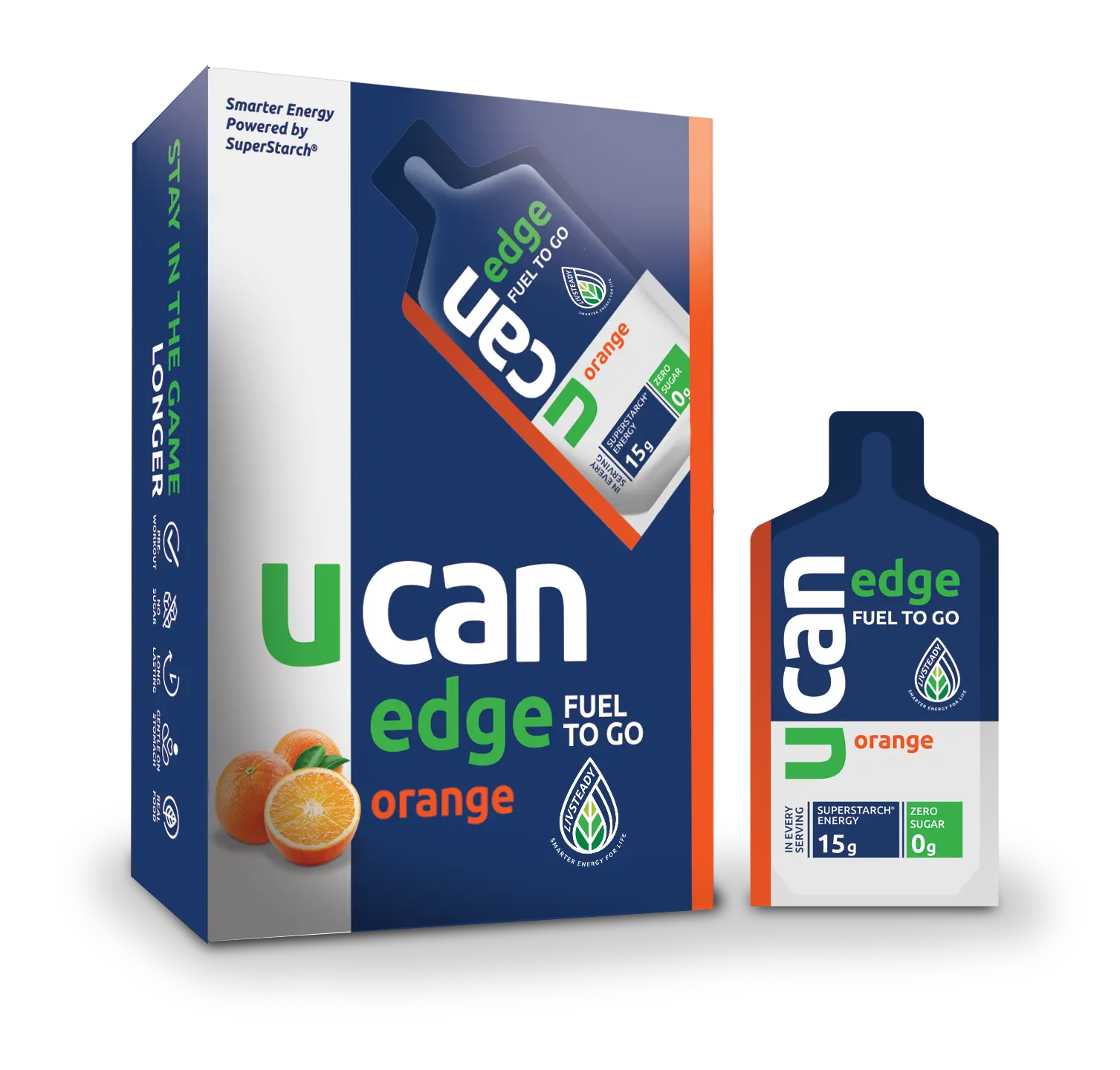


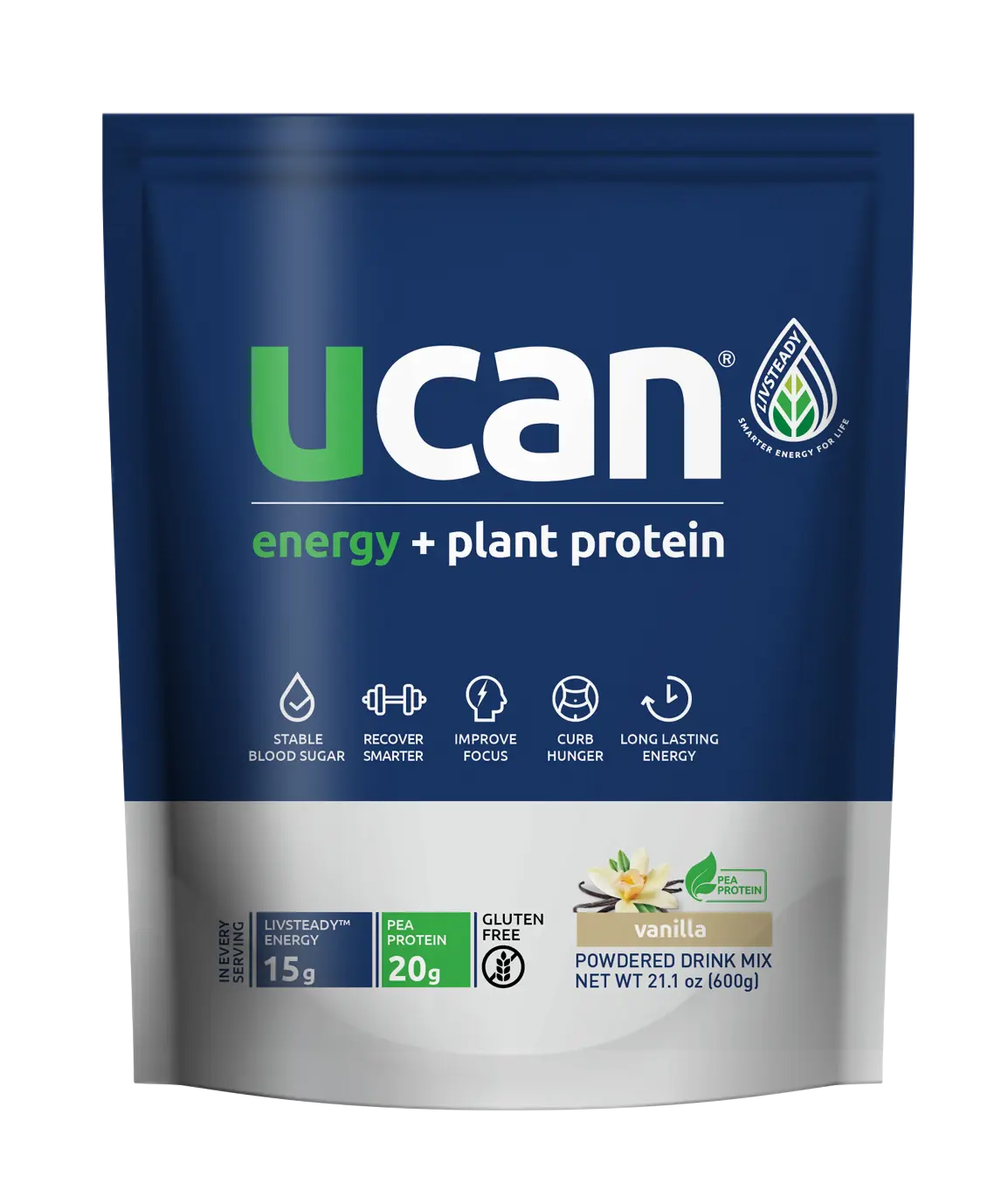

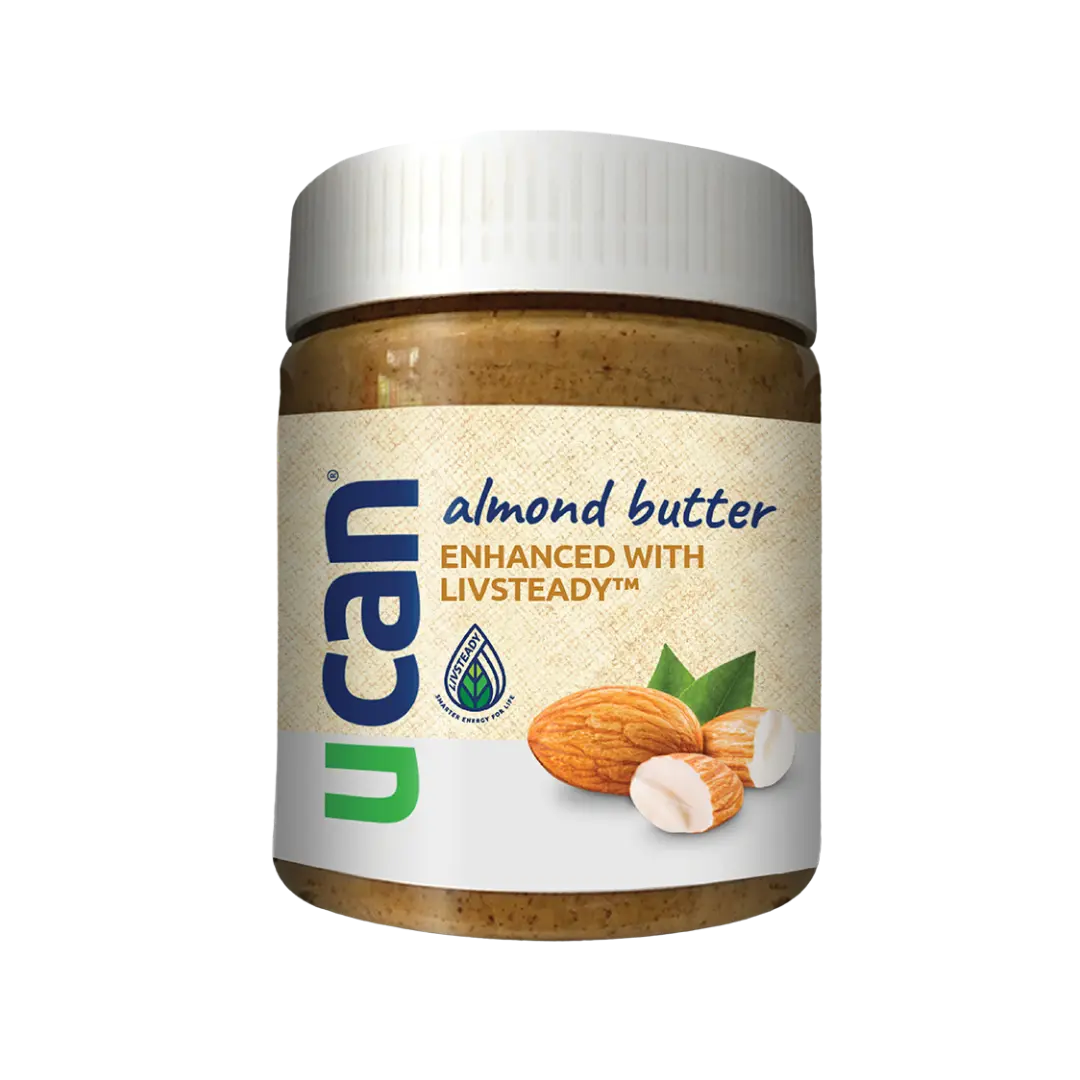



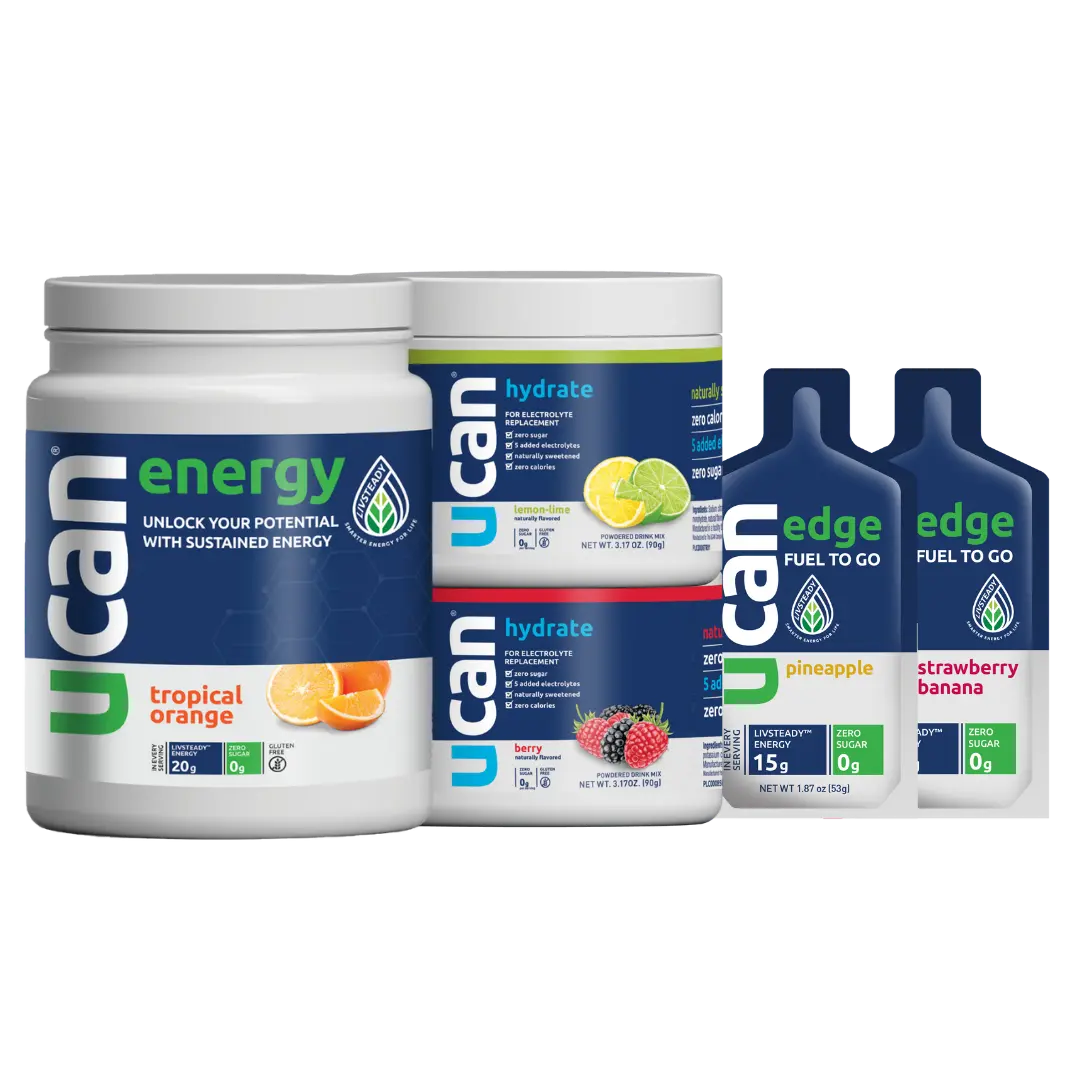


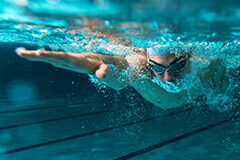

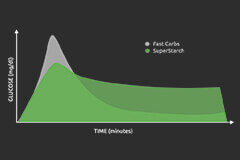

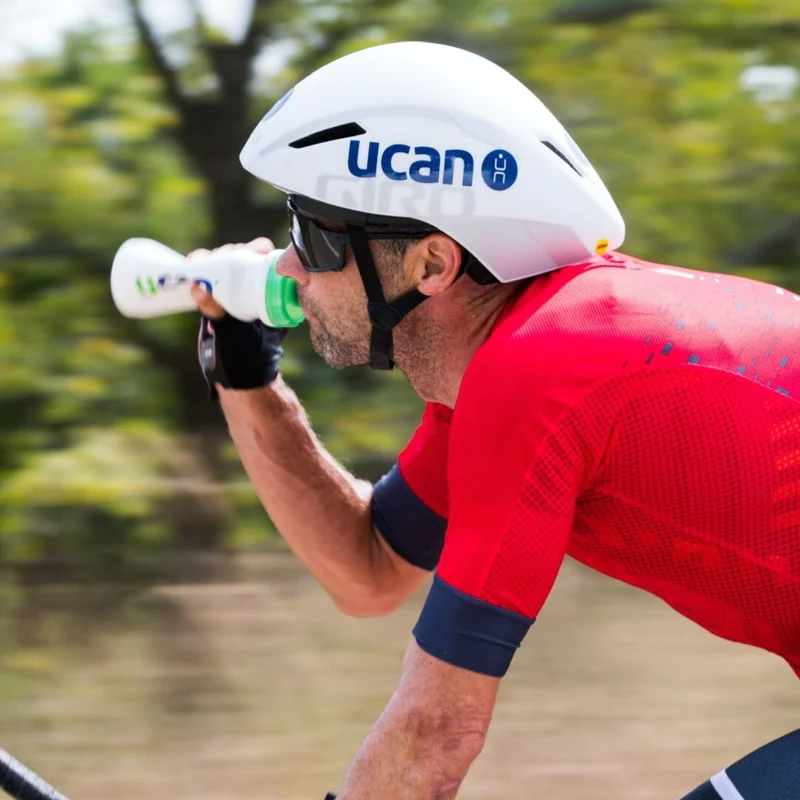






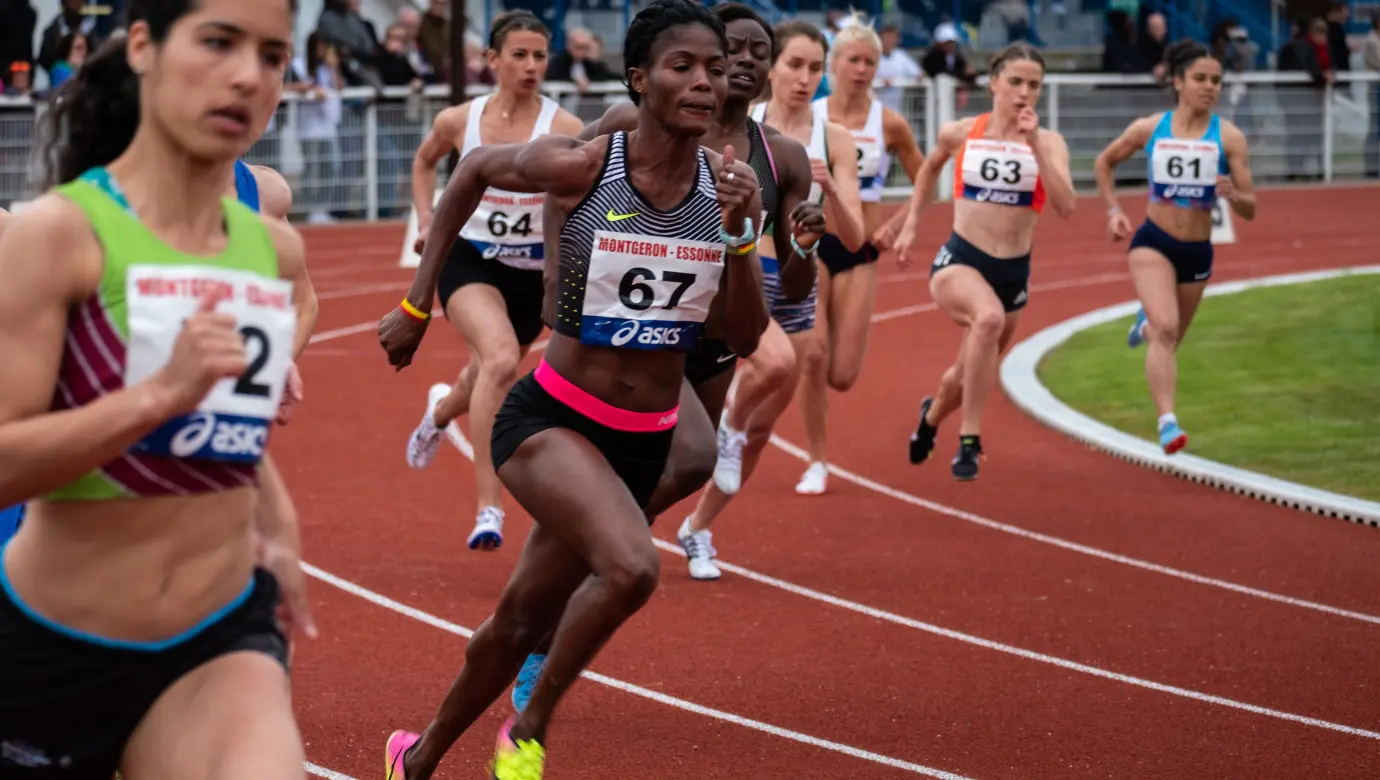


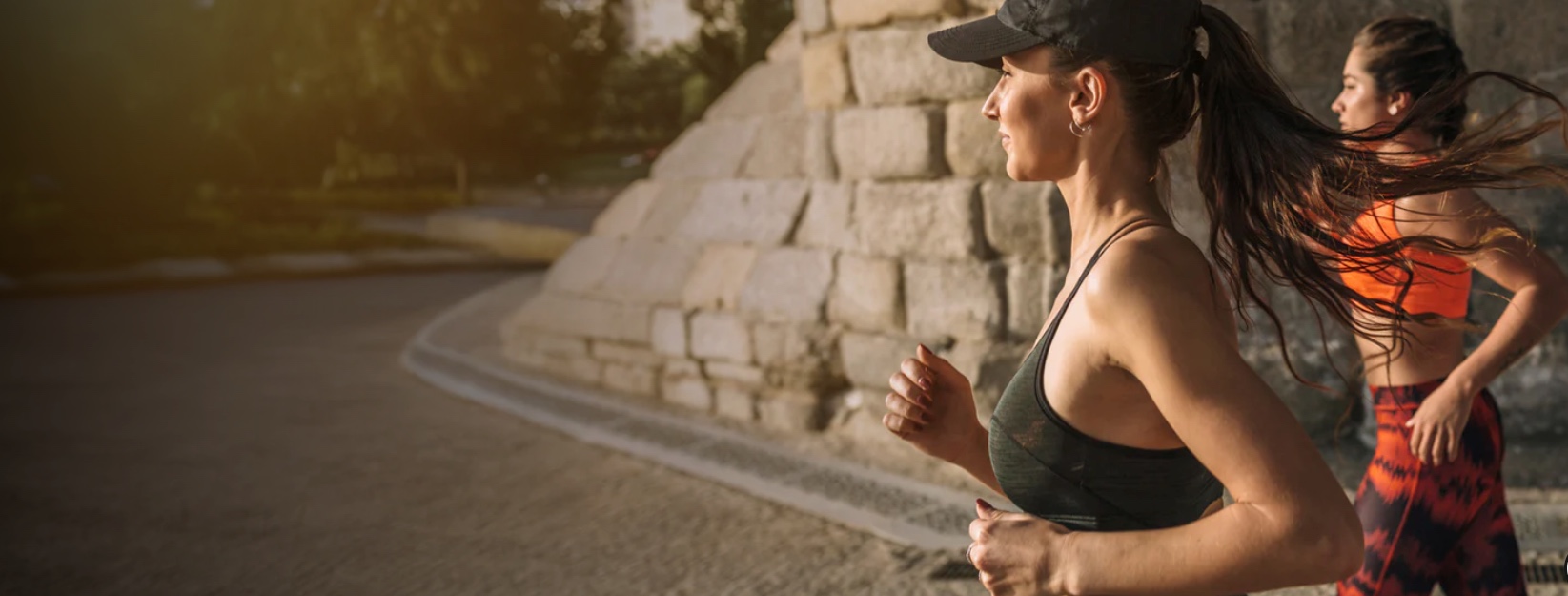
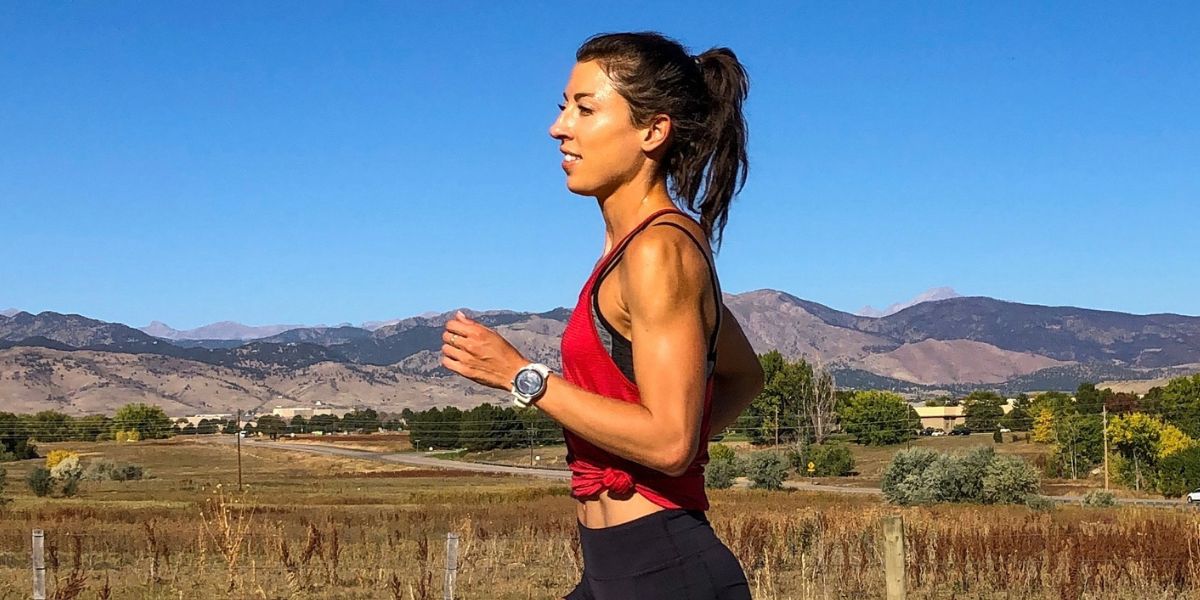







Comments are closed